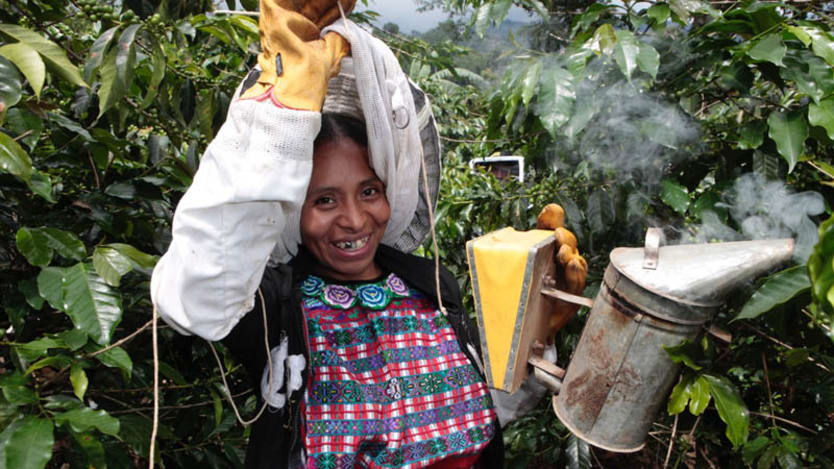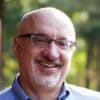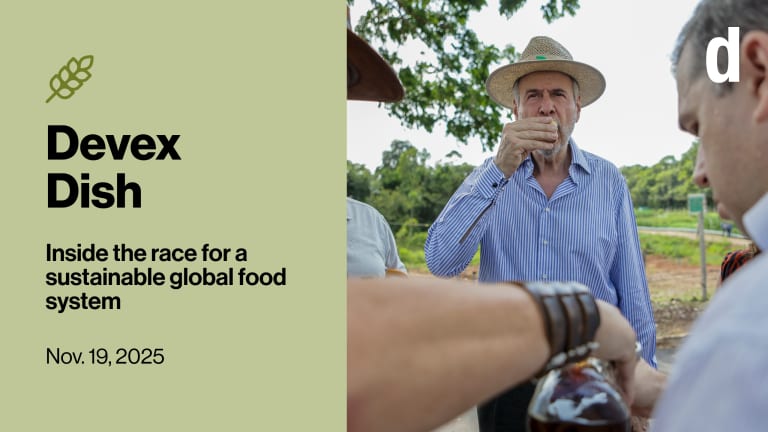
With the expiration of the Millennium Development Goals this year, there will be both celebration for goals met and a rehashing of where development fell short.
The first MDG target is to halve the proportion of people whose income is less than $1.25 a day between 1990 and 2015. That target was met in 2010, and there is great hope that the percentage of the global population living in “extreme poverty” will be nearly zero by 2030.
But anyone who has lived on $1.26 a day will probably tell you it’s not cause for celebration.
If we are not already in the middle of a paradigm shift, we certainly should be. We can no longer settle for success being defined as just barely above the extreme poverty line. We must take on a new measure: a location-specific livable income. To achieve this ambitious metric, organizations must work in partnership more than ever before.
At Heifer International, we have come to understand why millions of smallholder farmers remain in poverty, despite many programs and interventions by our organization and many others: The Gap. It’s the gap between what a family needs to earn to live a dignified life where they live, and what they actually earn from all of their efforts.
For me, the gap is personified by Virginia Carrillo, a coffee farmer in Guatemala.
She and her husband have eight children, and their annual household income from all activities is $3,285. At 90 cents per person per day, this family clearly lives in extreme poverty. To meet the basic welfare of all family members — to live the kind of life most of us would consider decent — the family would need an annual income of around $15,500. That’s a deficit of more than $12,000 a year.
It sounds astronomical, to help a family quadruple their income. But when you consider that Virginia’s family lives on 2.77 hectares of land, yet relies on only three on-farm and two off-farm activities, you see it is not only an income gap, but also the optimization gap.
How do we do it? How do we close the gap and help a struggling family go from living in extreme poverty to thriving on a livable income? We do this by helping farmers diversify and optimize every income-generating activity on and off their farms.
In the past, we were satisfied with a modest amount of incremental improvement, and we counted our successes in the numbers of families we served. Now, however, we are looking at the entire landscape of a region and helping farmers determine what markets make the most sense, what products they can successfully produce to yield a total livelihood package, and how to maximize the production of each and every one of these crops or activities. And we are actively engaged in and seeking nontraditional partnerships that can compliment our work to expand the benefits for farm families.
Our East Africa Dairy Development Project is a prime example of the power of collaboration. EADD began in 2008 with an initial grant of $42.8 million from the Bill & Melinda Gates Foundation and operated in Kenya, Rwanda and Uganda. In 2014 we launched a second phase — EADD II — with funding from the Gates Foundation and other donors.
While Heifer serves as the lead agency in the EADD consortium, holding primary responsibility for improving dairy productivity and efficiency, we work with partners from a variety of sectors to implement EADD II.
Working with great partners allows us to leverage the strengths of other organizations and agencies to fill in capacities where we do not have expertise. We have learned a number of must-dos when it comes to cross-sector partnerships:
● Be very clear about the problem we are trying to tackle, and involve all partners in the solution
● Include regional stakeholders the dairy industry, local governments, etc. — at the beginning of the planning process
● Be open to appropriate technology from partners, even when we lack experience with it or it is unfamiliar
● Maintain a “learning and improving” mentality; don’t stick to the plan if the plan is not working; don’t be afraid to make midcourse corrections
● Reward innovation
● Expand slowly — make sure it is working first
● Keep going; don’t give up, especially when it gets tough
Without our partners in EADD, Heifer International would not be able to provide the depth and breadth of programming to our farmers, from developing and strengthening milk collection hubs to providing expansive extension services. Because of strong partnerships creating a favorable landscape for development, and due to their own hard work, farmers have earned more than $131 million in milk sales.
In January we launched a project as part of the second phase of EADD that will target at least 5,000 smallholder coffee farmers and their families in Tanzania, and we are doing so with support from Starbucks. Working with our global partners, in addition to local organizations, we will introduce dairy farming as a complementary activity that provides a diversified source of income for coffee farmers and evens out their year-round cash needs.
To tackle something as complex as livable incomes for smallholder farmers, one single organization cannot do it alone. We must align under the purpose of helping families achieve dignified incomes, and we all must bring our own unique strengths to the table. The future of fighting global hunger and poverty will require not only INGO’s working together, but all sectors working side by side, united behind a common goal.
Devex, in partnership with the Shared Value Initiative, FSG and Global Impact, is examining how the world’s largest international nongovernmental organizations are transitioning their partnership strategies from traditional corporate partnerships to more scalable initiatives. We’ll look at how these initiatives accelerate both social impact and a business return on investment, while highlighting engagement in shared value during this special series “The Future of International NGOs.” Join the conversation using #FutureINGO.




